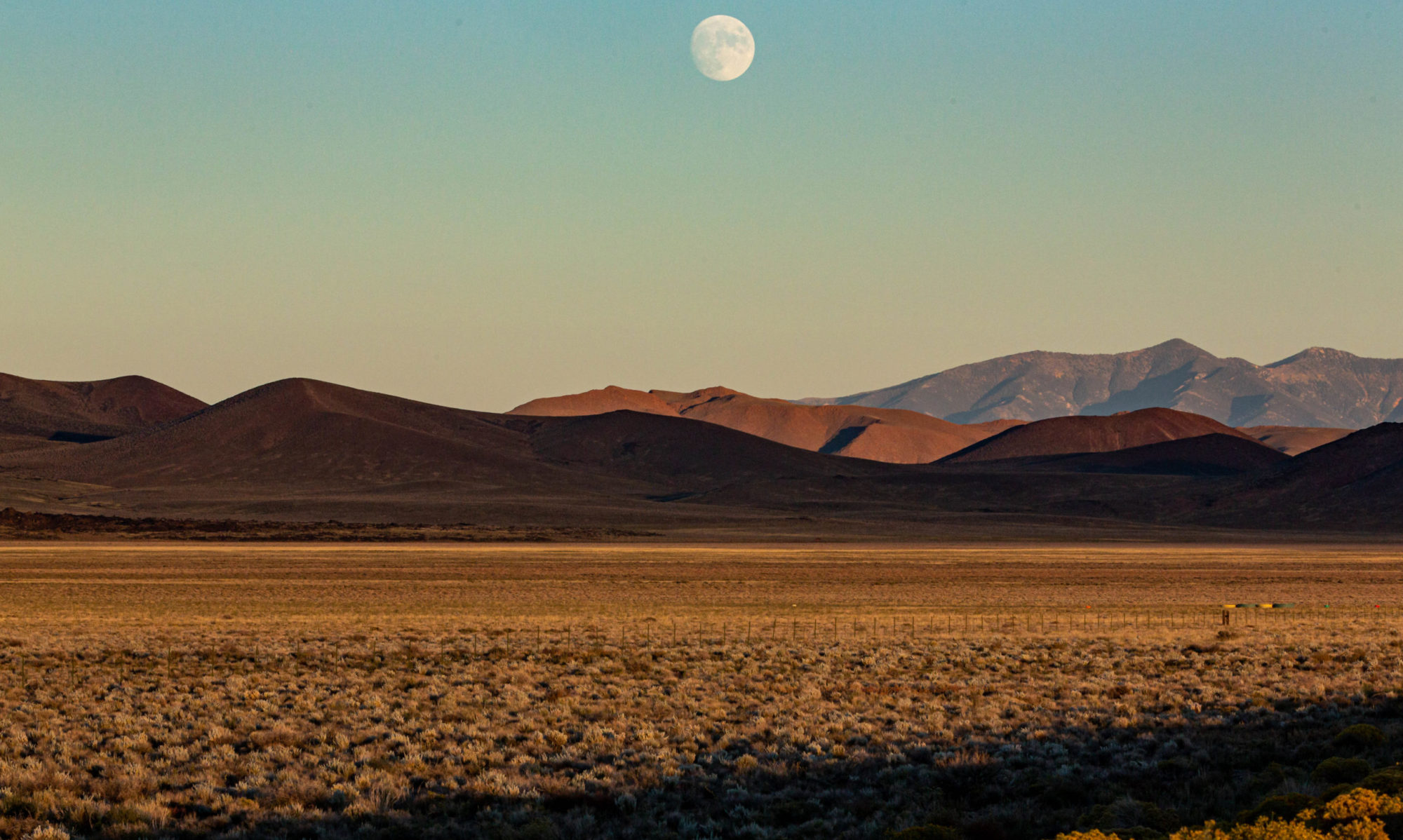
A few years ago, I was looking for a particular item of apparel as a Christmas gift: a heavy wool red-and-black-check jacket. When I started looking around online, I quickly found what I wanted: a Mackinaw Cruiser made by a Seattle company called Filson. Looking at this article, even on a computer screen, there was no doubt that it was the real thing: heavy and well-made and beautifully detailed. The price: a lot, given that what we’re talking about is a fairly straightforward piece of clothing. But I paid gladly and the jacket turned out to be everything I and the recipient expected.
Because of that purchase, the Filson catalogue still comes in the mail. It’s a demystified version of the retail literature once published by the late J. Peterman Company. It’s full of items made from “Tin Cloth” and “Oil Finish Tin Cloth” and “Shelter Cloth” and “Cover Cloth,” and it employs the trademark phrase “Might as Well Have the Best” (first used in 1930, registered as a mark in 2001). The “have the best” idea supplies its own mythos and offers an explanation for the prices (you can pay better than a hundred bucks for a thermal undershirt, two hundred for a pair of wool trousers, and as much as four hundred for one of the heavy-duty wool coats). The rest of the Filson romance is supplied in the catalogue by apparently genuine period pictures from the turn of the last century depicting rugged men in rugged clothes doing rugged things. Surely, the old-timers didn’t flinch when it came time to have the best. (According to the generally loving local coverage of the company provided over the years by the Seattle Times–see, for instance, “The Genuine Article,” published in 2005– the company was founded to outfit men traveling to Alaska and the Canadian northwest during the Klondike rush in the late 1890s.)
By coincidence, the catalogue description of a sweater I was looking at noted that the item was imported. Which of course clashes a little with the old-timey “have the best” image. A quick count of merchandise in the catalogue found about 265 items, of which 83 are imports. Virtually all the higher-end products–the heavy coats, the Tin Cloth outerwear, a line of twill luggage–are made in Seattle. A lot of the shirts, sweaters, and slacks come from overseas (according to another Seattle Times article, the offshore locations are in China and Portugal).
Who in Seattle makes the pricy items Filson sells? Again, according to press accounts, the company employs maybe 80 people in its plant–unionized, mostly women, mostly Asian, paid by the piece and making about ten dollars an hour on average. That wage figure tells you nothing about how many hours goes into making one of the Filson garments, but the company’s revenue figures–generally put at just $25 million to $30 million a year–would suggest that this is a low-volume business relative to an apparel company like Patagonia, which has more than ten times the revenue. I’d love to see how Filson’s stuff pencils out–their costs for the high-end items and the margins they’re charging. But it would seem the high prices are largely a factory of what is, for today, practically a boutique approach to production.
A couple of other interesting Filson finds:
—A slideshow of its factory floor, shot by photographer Charles Peterson.
—A small collection of items on Filson from men’s fashion site Selectism.
Like this:
Like Loading...




